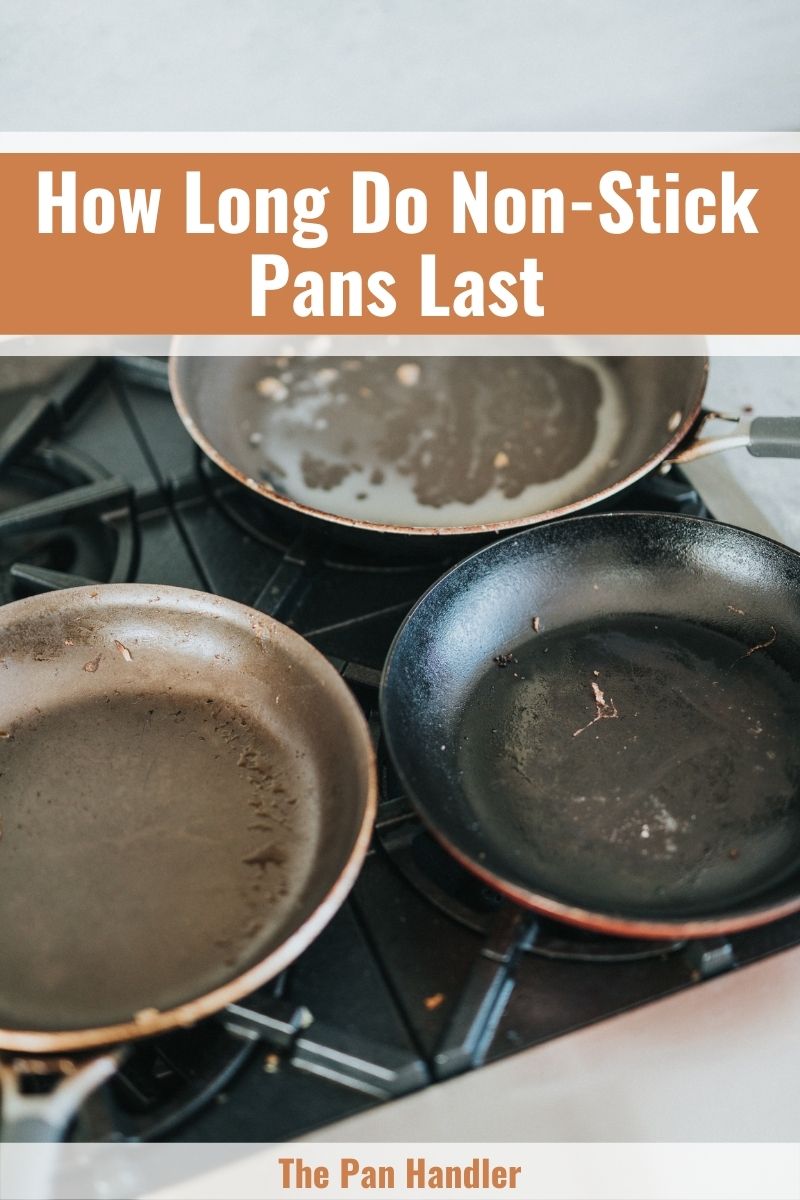Whether you are thinking of investing in a non-stick pan or just wondering if you need to replace the one you already have, you might ask how long do non-stick pans last? Well, you don’t need to look far and wide for the answer anymore. We will be answering that question today!
Without further delay, let’s go!
How Long Do Non-Stick Pans Last?
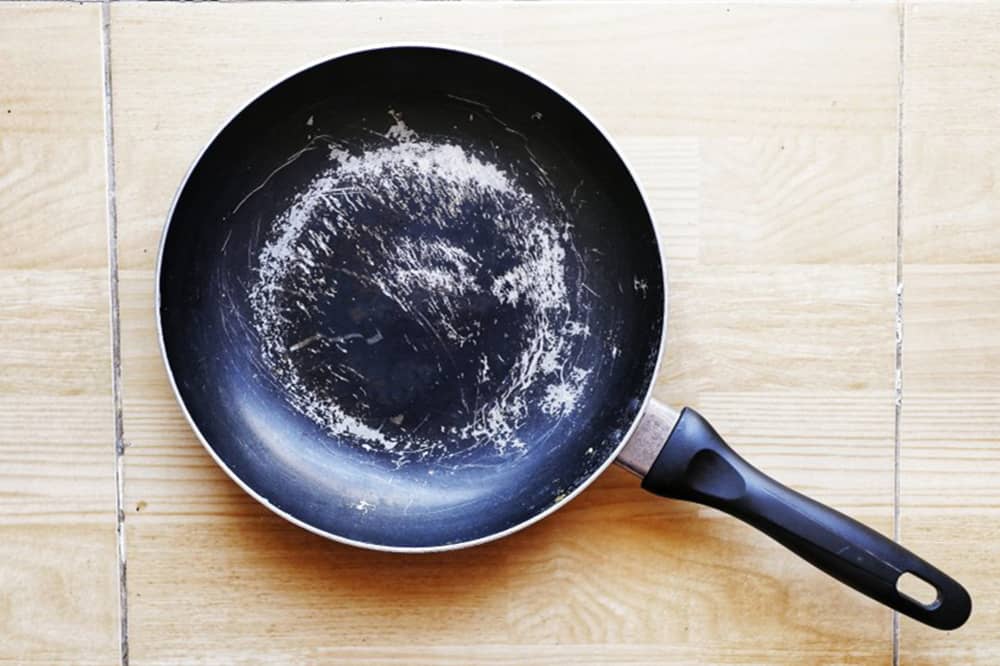
We’re not going to keep you hanging. Let’s get to the bottom of things now. So, how long do non-stick pans last? On average, non-stick pans only last around five years.
As you might already know, with proper care, other types of pans could last you a lifetime. So, you might be wondering why non-stick pans have an expiration date.
Well, non-stick pans have non-stick coatings. When we’re talking about the lifespan of non-stick pans, we’re mainly talking about these layers. In a way, you could say that one of the greatest strengths of the non-stick pan is also one of its biggest downfalls.
You might be surprised to learn that five years is considered a generous estimate. Some non-stick pans could only last you for a year. On the other hand, you might be happy to know that some non-stick pans could beat that five-year mark. Let’s talk about just how that is possible in the next section.
Tips on Caring for Your Non-Stick Pan
You would eventually have to replace your non-stick pan. However, that doesn’t mean you can’t try to prolong its life. Here are some tips on caring for your non-stick pan to prolong its life.
Hand Wash Your Non-Stick Pan
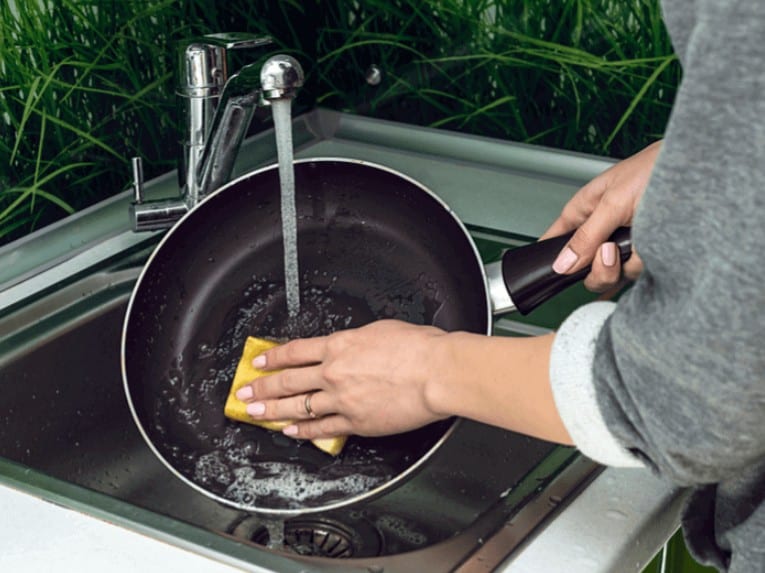
First, even if the manufacturer claims your non-stick pan, or any pan at that, is dishwasher safe, we highly suggest hand washing them. It might take some extra effort, but trust us, it could do wonders for your kitchenware.
While it might not make your dishes more delicious, it can help prolong the life of your cookware. However, it could help with prolonging the life of your cookware. If you think you’ve found a keeper, try handwashing it as much as possible instead of putting it in the dishwasher.
Keep It Away from Metals and Sharp Objects
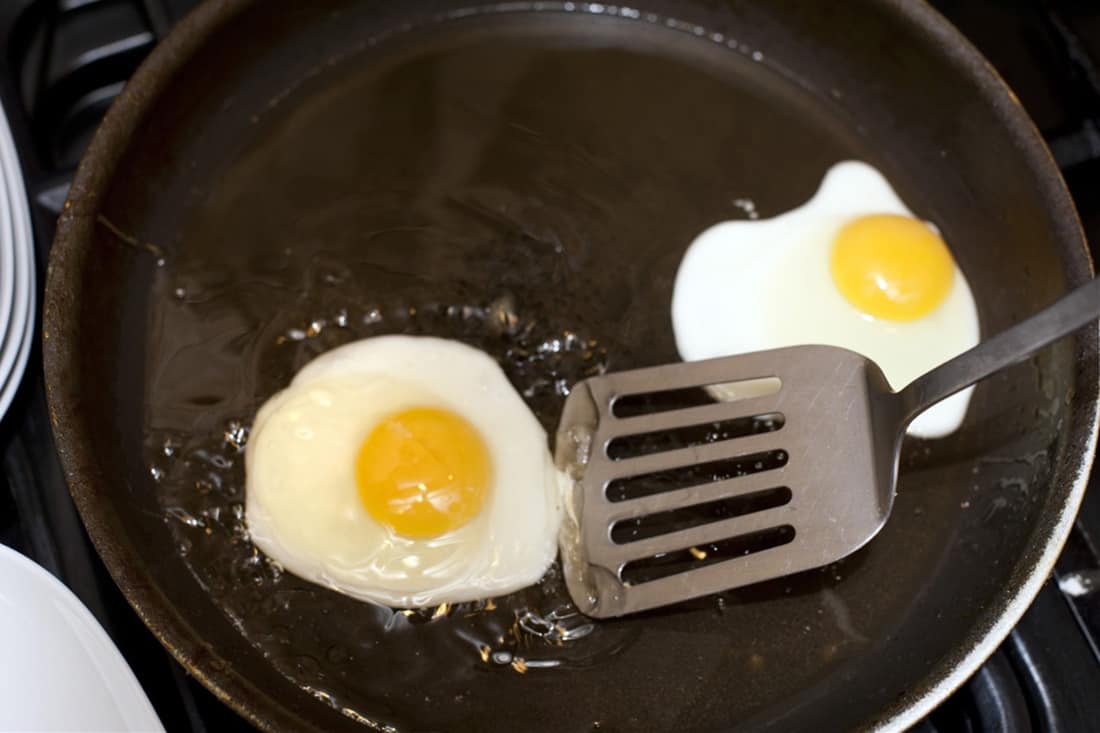
The kitchen is full of metals and sharp objects. However, if you want to prolong the life of your non-stick pan, you would have to keep those objects away from it.
Again, as we have said earlier when we’re talking about the lifespan of your non-stick pan, we’re mainly talking about the non-stick coating. Metal and sharp objects could scratch this coating leading to the start of the end of your non-stick pan.
With that, you might want to use wooden and plastic kitchen tools instead. However, these things could sometimes still have sharp edges, so you might still want to be a little careful. Silicon kitchen tools seem to be one of the best options to avoid scratches as much as possible.
It might also be the best time to note that no matter how tough it is to clean your non-stick pan, avoid steel wools and other similar materials when cleaning it. Skip harsh chemicals too!
Read more: 4 Ways To Make Your Non-Stick Pans Non-Stick Again
Proper Storing
Not all of us have that much storage space in our kitchens. However, you might want to avoid stacking your pots and pans, especially your non-stick pans, together.
You might not mind a few scratches here and there to your cookware. However, even a small scratch could be detrimental to your non-stick pans.
If you can’t avoid stacking your pans, don’t forget to use a liner of some sort.
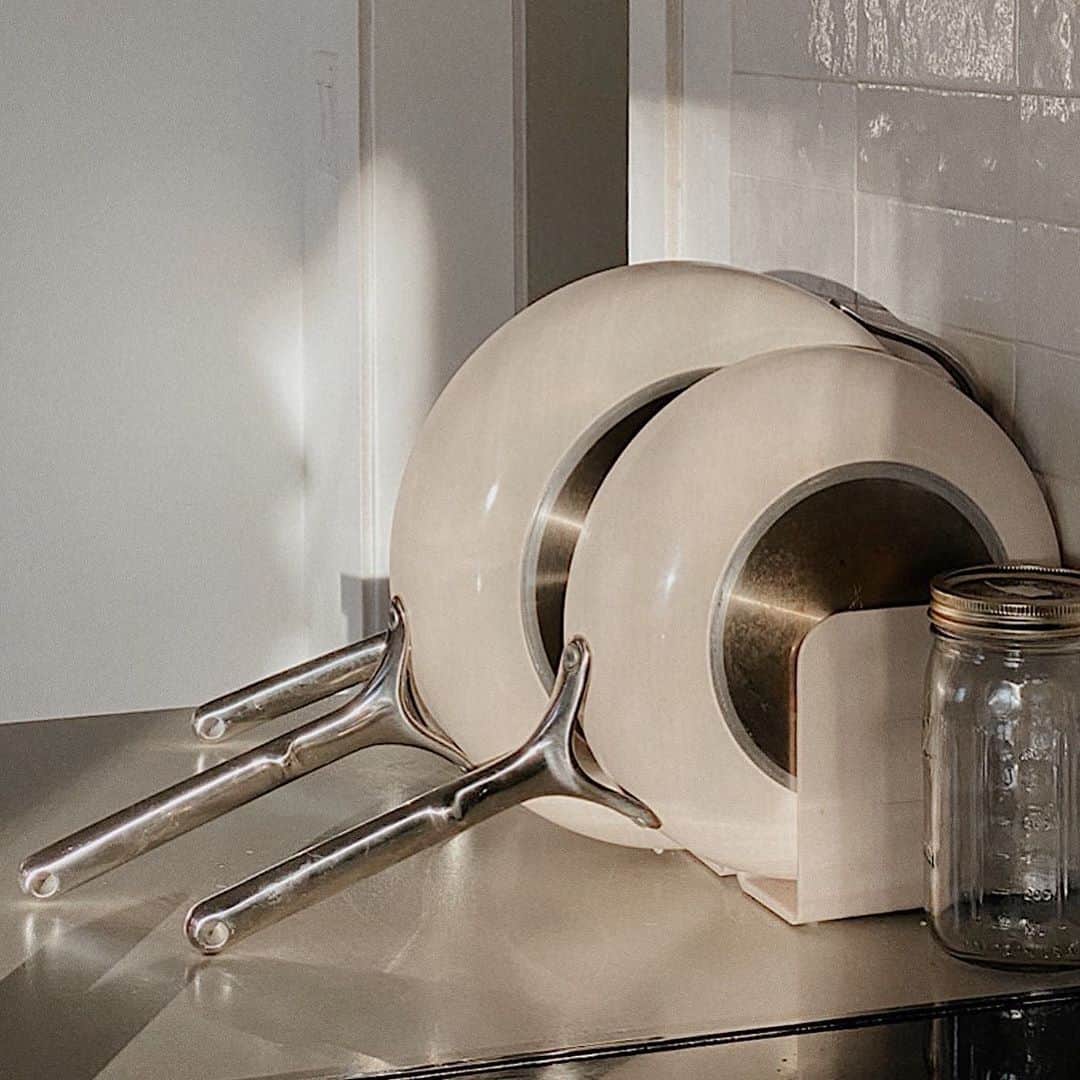
Watch the Temperature
Many non-stick pans are oven-safe. However, you might want to skip putting it inside your oven. Additionally, you might want to avoid using it for cooking techniques requiring extremely high temperatures as it could ruin the coating of your non-stick pan.
It’s also important to note that you shouldn’t wash your non-stick pans immediately after use. Drastic changes from hot to cold could cause warping, which could also damage the coating.
Watch the Menu
Non-stick pans are great. It’s no wonder that many use them for almost any type of food and dish. However, you might want to give your non-stick pans a break from time to time. What do we mean by this?
Well, some dishes are not best partnered with non-stick pans. Take meals that use acidic ingredients, for example. They will not immediately ruin the coating of your non-stick pan. However, if you use your non-stick pan for them often, then it will all add up, leading to the ruin of the non-stick coating. You might want to use a different pan for your acidic dishes.
Cooking Sprays
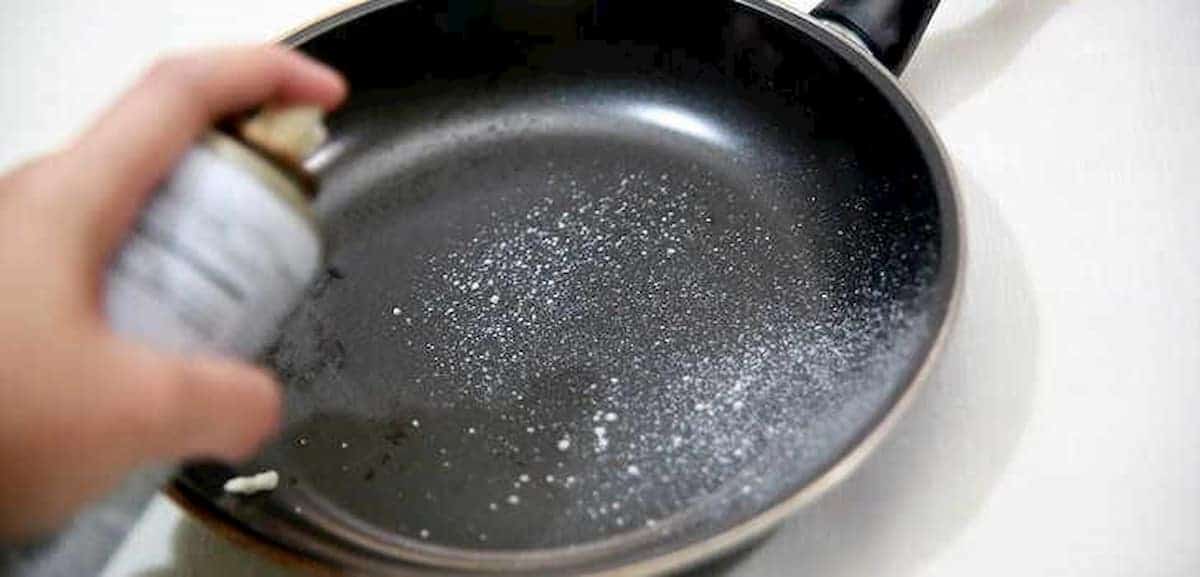
Now, let’s talk about using cooking spray with non-stick pans. You might think that adding some cooking spray would help protect the coating of your non-stick pan. This might seem like a reasonable assumption. It is another layer, after all. You might be surprised, but many suggest against using cooking sprays for non-stick pans.
Using cooking spray once or twice, like cooking acidic dishes on your non-stick pans, would probably not affect the pan much. However, over time, it will create a sticky layer that would be hard to remove. Cleaning it might result in damaging the coating of your pan. In the end, it might just be counterproductive.
Use some oil or butter instead. If you’re worried about calories and such, you don’t have to worry. As you might already know, there are many healthy oils from which you can take your pick.
The Tell-Tale Signs You Need to Replace Your Non-Stick Pan
You can try to prolong the life of your trusty pan. However, you would still need to replace your non-stick pan at some point, and here are some of the signs you need to do it sooner rather than later.
1. Scratches
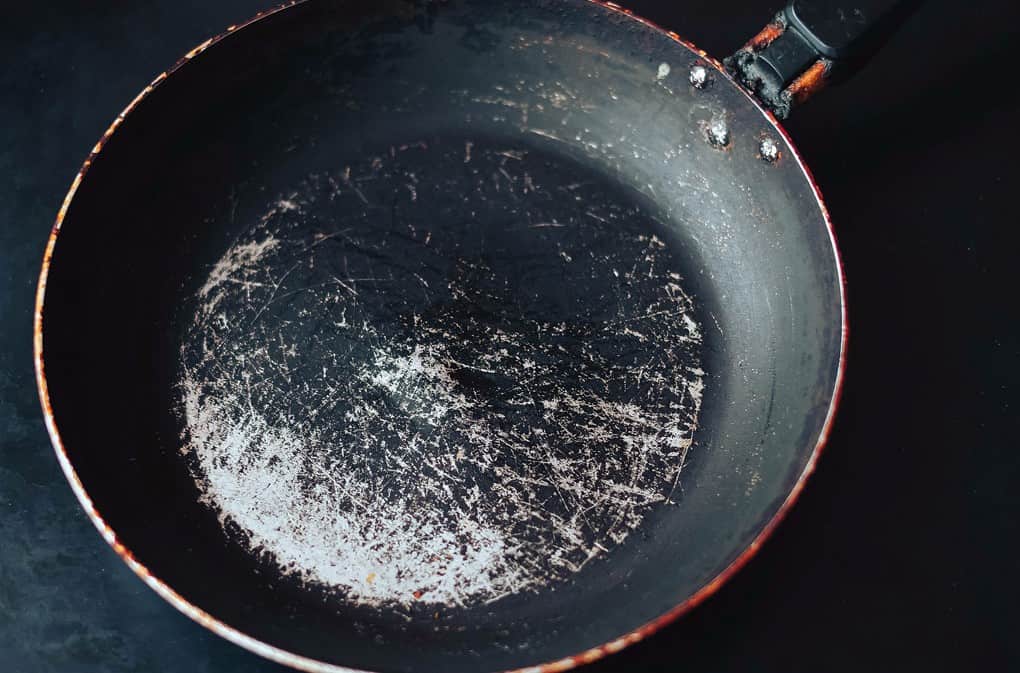
First on the list are scratches. Over and over, we have mentioned that you want to be careful not to scratch the non-stick coating of your pan. If you happen to see a small one, your pan would still probably have some life in it. However, if you see big and noticeable ones, you probably have to replace your pan soon.
2. Chipping, Flaking, Peeling
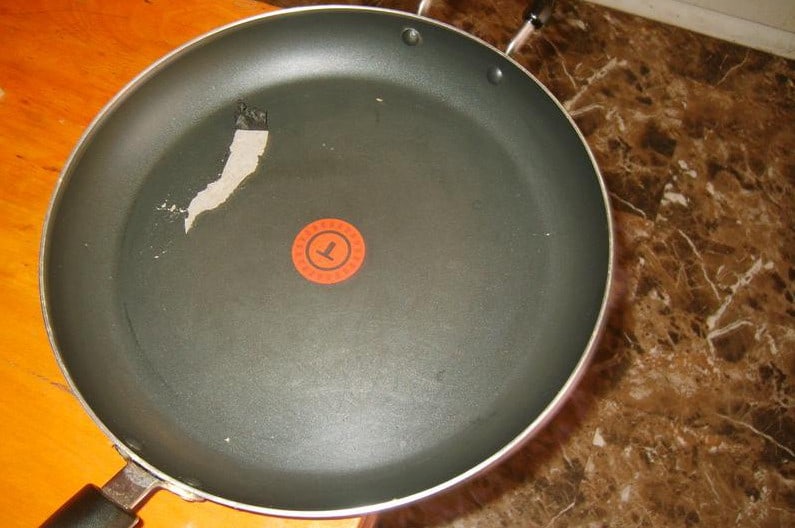
You might be able to get away if your non-stick pan only has a few unnoticeable scratches. However, if we are already talking about chipping, flaking, and peeling, you probably have to throw it out immediately.
It is probably one of the most distinct signs that the coating is ruined. Not only do any of these three render your pan ineffective anymore, but they could also be dangerous. Just imagine the non-stick coating of your pan going into the dish you’re making. If that happens, you and your loved ones would inevitably ingest it!
3. Sticking
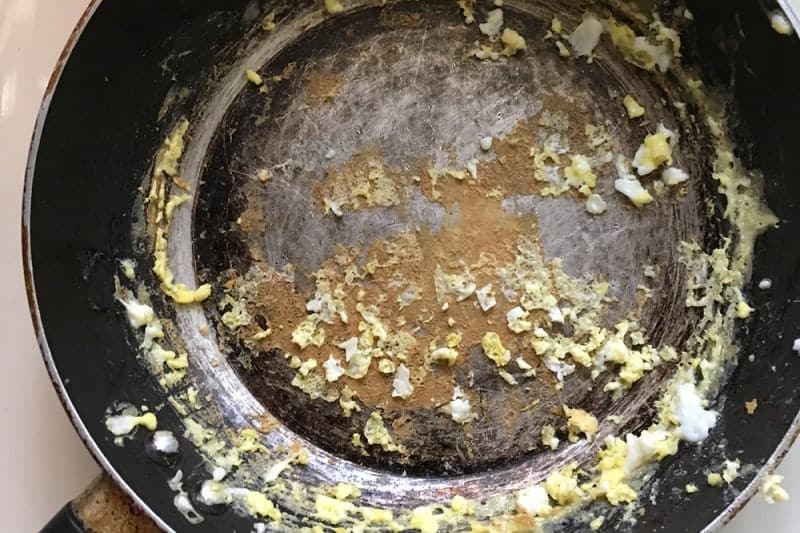
When the food you’re making starts to stick to the pan, it is a pretty good sign that your trusty non-stick pan is past its prime, and it’s time to call it quits.
Again, one of the greatest strengths of non-stick pans is how it makes cooking and cleaning up easier. If it has lost its ability to do so, it might be the best time to get a new one.
This sign is probably one of the most logical signs. Non-stick pans, after all, should prevent food from sticking to them. However, this sign is not always easy to spot, especially if you use lots of oil in your cooking. So, keep a watchful eye!
Tips When Buying Non-Stick Pans
Okay, so you might have done the best that you could to prolong the life of your non-stick pan, but goodbyes are inevitable with these pans. Now, you’re left with one less trusty pan in your arsenal. It’s time to get a new one.
Before you take home that non-stick pan you’re eyeing, you might want to read through our tips.
1. Don’t Spend a Fortune
Non-stick pans are great, but they’re not the best kitchenware to invest a fortune on. Unlike other pans, you could say that non-stick pans have an expiration date. No matter what the manufacturer says, you would probably have to buy a new one in a couple of years. Invest in a good quality one, but don’t shell out hundreds and hundreds of bucks for one.
2. Check the Coating
When buying non-stick pans, you want to check the coating. The most common non-stick coatings are Teflon and ceramic. Not sure about the difference? Click here!
In addition to checking the type of coating, you might also want to take note of the number of layers. Supposedly, the more non-stick layers the pan has, the better when we’re talking about durability.
Summary
Non-stick pans could be great additions to your kitchen arsenal, and getting to know them is one way of maximizing their use. Today, we answered an essential question about them. How long do non-stick pans last?
Hopefully, with your new non-stick pan knowledge, you might now be better able to maximize the potential of your pan.
Do you have any other kitchen questions? We invite you to check out our past discussions. We might have the answers you need!

Michael Johnson is the founder of Pan Mastery, Inspired by his blacksmith grandfather’s legacy has a deep appreciation for hand-crafted pots and pans, he provides invaluable guides, reviews, and recipes to enhance your culinary journey.

